Flour, rice, and beans are among the staples that most preppers consider when discussing long-term food storage. Indeed, many individuals are storing these food items for challenging times, and doing so is beneficial because they are ingredients that can help you easily prepare a variety of dishes.
When it comes to flour, the majority of people think of wheat since all-purpose flour, commonly known as white flour, is made from wheat grains. However, there are numerous types of flour that are worth storing long-term, and you can grind various types of grains into flour. You can even grind beans, nuts, and various types of vegetables into flour.
For those who are more adventurous and knowledgeable about their environment, some common plants can be used to obtain flour when other ingredients are lacking. Let’s explore the plants that can be turned into flour, keeping in mind that these plants can be found in virtually any environment. To aid in better identification, we have also provided pictures of each plant.
Plants you can turn into flour:
Amaranth
Amaranth (Amaranthus) was used for flour by Native American communities well before the arrival of European settlers. It regained popularity as a nutritious grain in the late 20th century and early 21st century, and its flour became more widely available in health food stores and specialty markets. Today, amaranth is recognized for its nutritional benefits and versatility in various culinary applications.
Where to find in the United States: Amaranth can be found throughout the United States, particularly in warm and arid regions. It is a common weed in gardens, fields, and disturbed areas. It often grows alongside roadsides and in waste areas.
Identification: Amaranth leaves are typically oval or lance-shaped, with a bright green or reddish-purple color. The plant can grow from 3 to 7 feet tall, and it has a distinctive spike-like flower head. The flowers are small and grouped in dense, elongated clusters.
Parts used for flour: Both the seeds and leaves of amaranth can be used to make flour, but for the purpose of this article, let’s focus on the seeds. Harvest the seeds when the flower heads have dried and turned a golden-brown color. The seeds are ready for harvest approximately 6 to 8 weeks after flowering.
Flour-making process:
Harvesting: Cut the entire flower head and hang it upside down in a dry, well-ventilated area to allow the seeds to fully dry.
Separation: Once dry, shake the flower head to release the tiny seeds. You can further separate the seeds by rubbing them between your hands or using a sieve.
Cleaning: Remove any remaining chaff or debris by winnowing or using a fine mesh sieve.
Grinding: Grind the cleaned seeds into flour using a grain mill or a high-powered blender.
Notes: Amaranth flour is gluten-free and has a slightly nutty flavor. It can be used in various recipes, including baked goods and as a thickening agent for soups and sauces.
Buckwheat
Buckwheat (Fagopyrum esculentum) has a long history of cultivation and use in the United States. It was introduced to North America by European settlers, and its cultivation for flour likely began in the 17th or 18th century. Buckwheat became a staple crop in many regions, especially in the northern states and areas with cooler climates where it thrived.
Where to find it in the United States: Buckwheat is cultivated in various regions of the United States, particularly in states with cooler climates. Commonly grown in the Northern and Midwestern states, it is also found in some Southern states.
Identification: Buckwheat plants have heart-shaped leaves and produce small, white flowers that are arranged in clusters. The plant grows to a height of 2 to 4 feet. The distinctive triangular seeds are enclosed in a hard outer hull. The seeds, commonly referred to as groats, are used to make buckwheat flour. Harvest the seeds when they have turned brown and are no longer green. The ideal time for harvesting is typically in late summer to early fall.
Flour-making process:
Harvesting: Cut the mature buckwheat plants and bundle them for drying. Hang the bundles upside down in a dry, well-ventilated area.
Threshing: Once the plants are dry, thresh the seeds by beating the bundles or using a flail to separate the seeds from the rest of the plant.
Cleaning: Remove any remaining debris by winnowing or using a fine mesh sieve.
Grinding: Grind the cleaned seeds into flour using a grain mill or a high-powered blender.
Notes: Buckwheat flour has a distinct, robust flavor and is gluten-free. It is commonly used in making pancakes, soba noodles, and various baked goods. Buckwheat is a quick-growing plant and can be a good cover crop, enriching the soil with nutrients. Buckwheat flour stands out as an excellent protein source, encompassing all eight essential amino acids. Additionally, it is rich in vitamin E and covers nearly the entire spectrum of the B complex, rendering it a nutritional powerbomb!
Cattails
Indigenous peoples in North America have utilized different parts of the cattail plant for food, shelter, and various practical applications.
Cattails (Typha spp.) are rich in starch, and historical evidence suggests that Native American communities may have ground the rhizomes (underground stems) into flour. In modern times, there has been a renewed interest in foraging and wild edibles, including cattails, as people explore alternative food sources and traditional practices.
Where to find it in the United States: Cattails are commonly found in wetlands, marshes, and along the edges of ponds and lakes throughout the United States. They are widespread and can be found in both temperate and tropical regions.
Identification: Cattails have distinctive cylindrical spikes, or “catkins,” that emerge from a tall, straight stalk. The leaves are long, flat, and strap-like, resembling grass blades. In late spring to early summer, the familiar brown, fuzzy flower heads appear at the top of the stalk. The rhizomes (underground stems) of cattails can be used to make flour. The best time to harvest cattail rhizomes is in the late fall or early spring when the plant’s energy is stored in the rhizomes. Dig around the base of the plant to expose the rhizomes. Harvest them by cutting or pulling them from the ground.
Flour-making process:
Cleaning: Rinse the harvested rhizomes thoroughly to remove mud and debris.
Peeling: Peel the outer layer of the rhizome to reveal the starchy interior.
Drying: Allow the peeled rhizomes to dry for a few days until they become hard and suitable for grinding.
Grinding: Grind the dried cattail rhizomes into flour using a grain mill or mortar and pestle.
Notes: Cattail flour has a mild, slightly sweet flavor and is gluten-free. It can be used as a substitute for traditional flours in various recipes, including baking and thickening sauces.
Cattails are known for their multiple uses; aside from flour, other parts of the plant can be used for weaving, thatching, and as a food source in emergencies.
Curly dock
Where to find it in the United States: Curly dock (Rumex crispus) is a common weed found throughout the United States, especially in disturbed areas, meadows, along roadsides, and in fields. It tends to thrive in a variety of soil types.
Identification: Curly dock has long, lance-shaped leaves with distinctive wavy or curled edges, giving it its name. The plant can grow up to 3 to 4 feet in height. The flower spikes of curly dock are green and turn brown as they mature, producing small seeds. The seeds of curly dock can be used to make flour. Harvest the seeds when they have turned brown and are easily separable from the flower spike. The ideal time for harvesting is typically in late summer to early fall.
Flour-making process:
Harvesting: Cut the mature curly dock plants and collect the seed heads in a bag or container.
Threshing: Remove the seeds from the seed heads by rubbing them between your hands or using a sieve.
Cleaning: Remove any remaining chaff or debris by winnowing or using a fine mesh sieve.
Grinding: Grind the cleaned seeds into flour using a grain mill or mortar and pestle.
Notes: Curly dock flour has a slightly nutty flavor and is gluten-free. It can be used in a variety of recipes, including pancakes, bread, and other baked goods. While curly dock is edible, some people may be sensitive to the oxalic acid content, so moderation is advised.
Chickpeas
Chickpeas (Cicer arietinum), also known commonly as garbanzo beans, have a rich history that dates back thousands of years, originating in the Middle East. They are one of the earliest cultivated legumes and have been a staple in various cuisines and cultures. Chickpeas were likely introduced and cultivated by immigrants who brought their culinary traditions with them. They gained popularity in the 20th century as part of the broader interest in diverse and international cuisines.
Chickpea flour, also known as gram flour, became more widely available in the U.S., particularly in specialty and ethnic grocery stores. With the growing interest in plant-based diets and gluten-free alternatives, chickpea flour has found its place in various recipes, including baked goods and savory dishes, and as a thickening agent. In recent years, chickpeas have become a popular crop among American farmers.
Where to find in the United States: Chickpeas are commonly cultivated rather than found in the wild in the United States. They are a warm-season crop and are often grown in arid or semi-arid regions.
Identification: Chickpea plants are bushy and grow up to 18 inches in height. The leaves are pinnate with small leaflets, and the plant produces small white or light purple flowers. The chickpea pods contain one or two round, beige to light brown seeds. Chickpea flouris typically made from the dried seeds of the chickpea plant. Chickpeas are ready for harvest when the plants have dried, and the pods have turned brown. Harvest the entire plant by cutting it at the base.
Flour-making process:
Drying: Allow the harvested chickpea plants to dry in a well-ventilated area for a few weeks.
Threshing: Remove the seeds from the dried pods. This can be done by crushing the pods with your hands or using a threshing tool.
Cleaning: Remove any remaining pod fragments or debris from the seeds.
Grinding: Grind the cleaned chickpeas into flour using a grain mill or a high-powered blender.
Notes: Chickpea flour has a slightly nutty flavor and is a common ingredient in many cuisines around the world. It is gluten-free and suitable for various dishes, including flatbreads, pancakes, and as a thickening agent in soups and sauces. Chickpea flour is a rich source of protein and dietary fiber.
To be continued
Stay tuned for the second part of this article, which will follow shortly. We have compiled another list of common plants that can be used to make flour, providing everyone with valuable alternatives to the commonly used white flour.


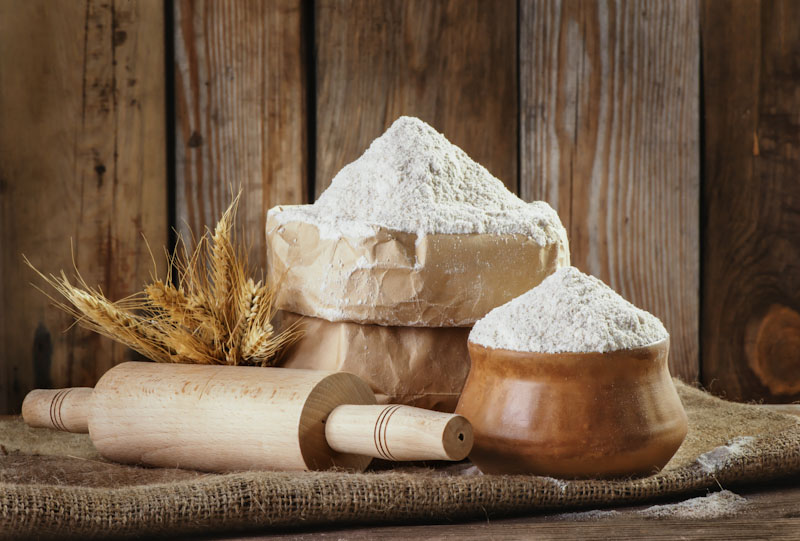

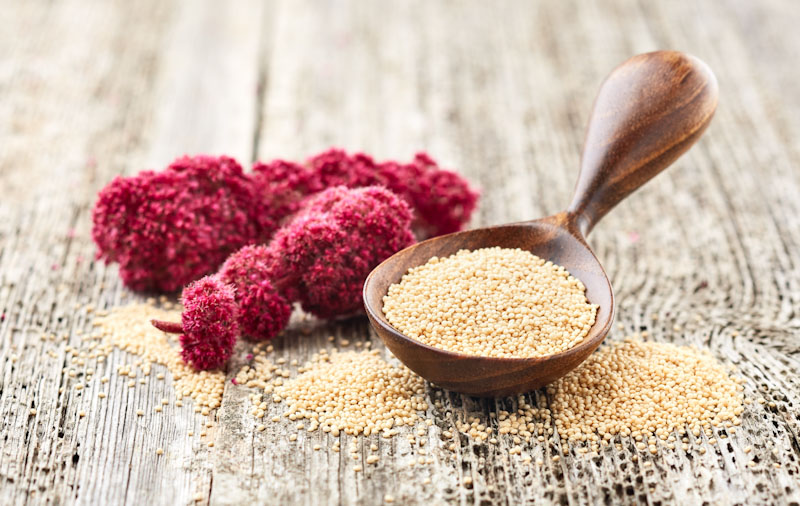
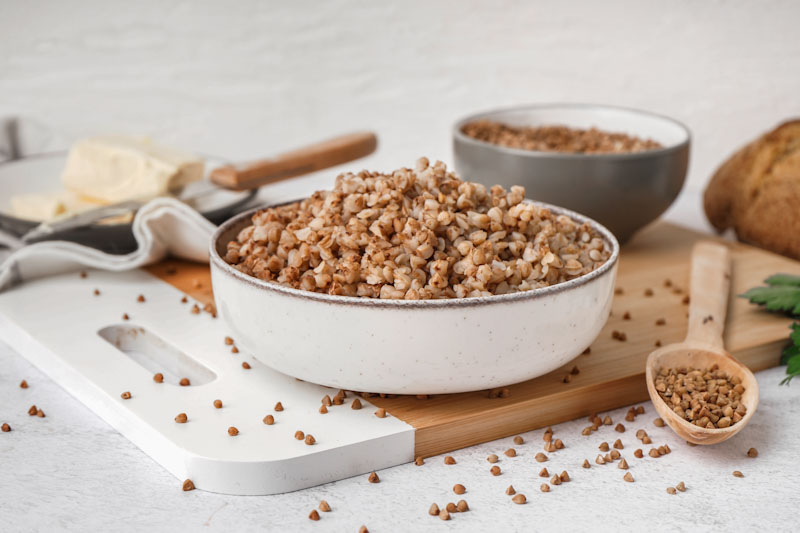
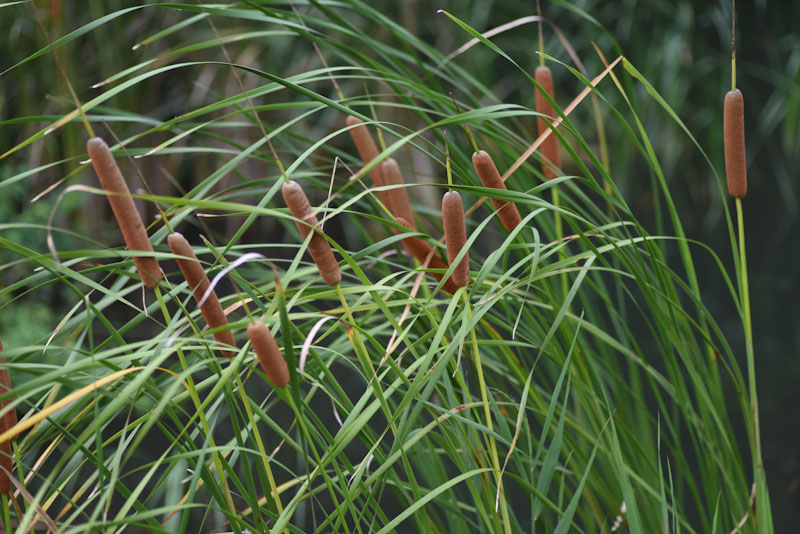
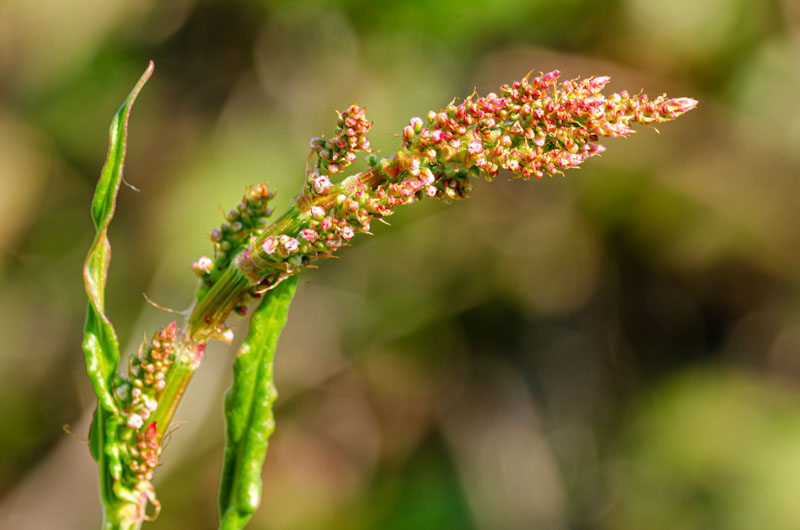
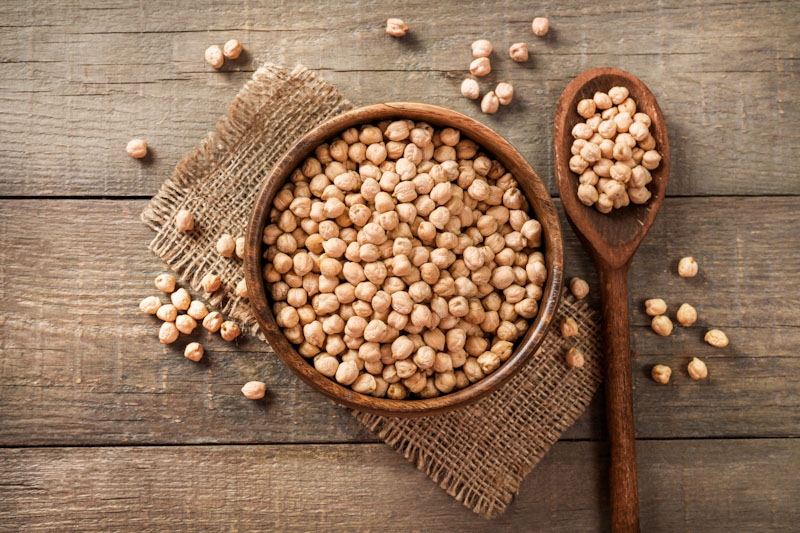

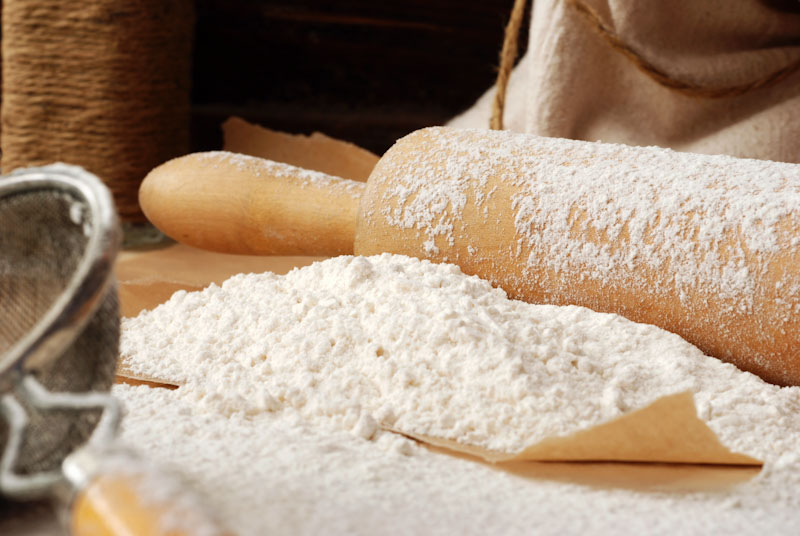

radar | April 10, 2024
|
Thanks for both articles (I and II). I have read that every grass can be eaten. I am not able to identify wild, even if blown off nearby a farm, many of these seed=grasses. Are there any seed grasses that should not be eaten for any reason.
How many seed plants are available in the wild through the central mid west, say between the Rockies and Appalachians? Do you know?
Thanks